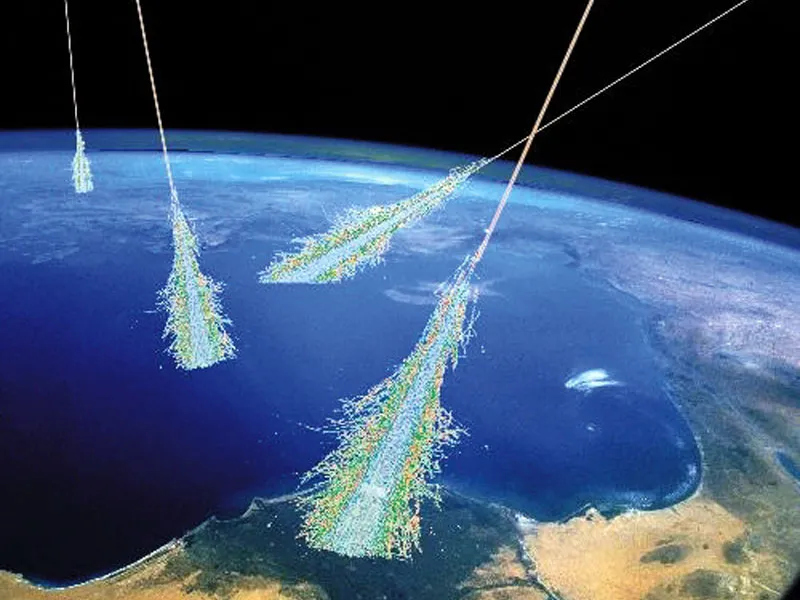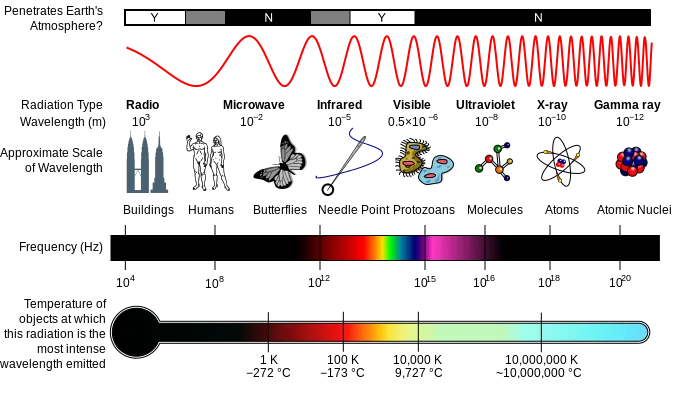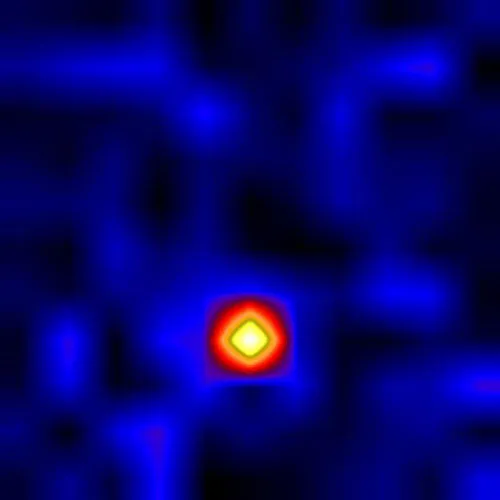Mysterious high-energy radiation that reaches Earth has been extensively observed, which can produce showers of secondary particles that can reach the surface of the planet. This radiation is composed primarily of high-energy protons and atomic nuclei and is known as cosmic rays.
These are considered in current models to originate from the supernova explosions of stars or be produced by active galactic nuclei.
Is this necessarily what we are observing?
Infinity
In a universe that is infinite (see my other articles here on Steemit for more information), there is no end to how large or how small systems can be. Beyond atoms, the entire electromagnetic spectrum can be viewed as the result of the relative mass of the largest building blocks of each given component. Our ability to measure and observe systems furthest from us become increasingly difficult as the relative differences increase.
As a result, we approximate all light as having "no mass" when, in reality, light has infinitesimal mass. The discrepancies in the masses of these small systems, then, can be compared indirectly in what we call the "electromagnetic spectrum."
The lower the energy, the lower the mass; the higher the energy, the higher the mass. Even E=mc2 describes this interchangeability of mass and energy.
Everything Emits
Every system in the universe emits. Stars emit largely in what we call the visible light spectrum. Planets, being less massive, emit in the infrared light spectrum. Smaller systems still emit in lower frequencies of the electromagnetic spectrum. Larger systems, such as what we call "black holes", emit in the X-ray spectrum, as seen in this X-ray image of Cygnus X-1:
Bodies do not reach some critical level where they are suddenly too massive to emit anything, but rather larger masses emit larger masses (such as X-ray spectrum light, in the example of Cygnus X-1). This is why black holes appear as singularities: because their emissions are beyond the visible light spectrum.
Mass in the universe, though, does not stop at some cut-off point, and there are ever larger masses in the infinite universe. These masses of larger "black holes" relative to atoms reach a point where their emissions are so large that we no longer call these emitted bodies "light" but instead we recognize them to be massive particles.
In the infinite universe, cosmic rays are the "light" coming from sufficiently massive "black holes" that reaches Earth and is observed as particles.
More Information
For more information, check out my other posts here on Steemit, visit my website CascadingUniverse.Org or check out my research paper, its accompanying video, and my book here.
Thanks for reading!
-Steve Scully


